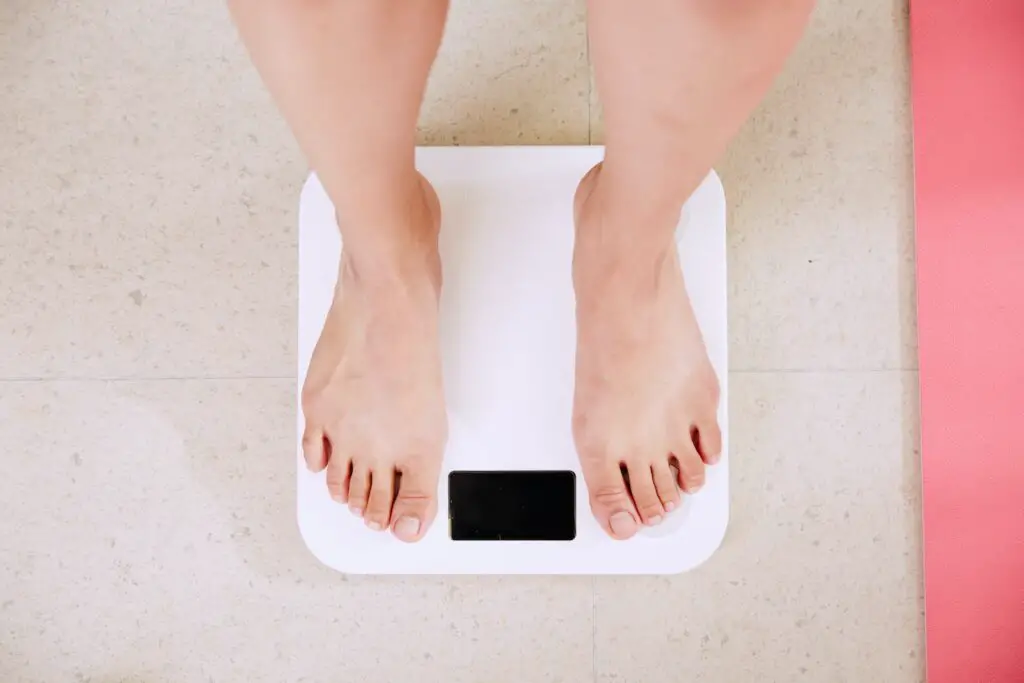Effective Meal Planning for Weight Loss for Females
In the pursuit of a healthier and more confident self, weight loss often stands as a significant goal for many females. While the journey to shedding those extra pounds can be challenging, it’s important to emphasize that a well-thought-out and sustainable approach can make all the difference. One such approach that has proven its effectiveness time and again is meal planning.
The Importance of Meal Planning
Meal planning isn’t just about counting calories; it’s a holistic strategy that empowers you to take control of your nutrition, make healthier food choices, and achieve your weight loss goals. For females, in particular, meal planning can be a game-changer because it caters to their unique nutritional needs and lifestyle.
Target Audience and Their Unique Needs
Before delving into the intricacies of effective meal planning, it’s crucial to understand that meal plans are not one-size-fits-all. The nutritional requirements of females can vary significantly based on factors such as age, activity level, and overall health. This article is tailored to address the specific needs of females who are looking to embark on a weight loss journey. Whether you’re a young adult, a busy mom, or someone approaching menopause, the principles discussed here can be adapted to suit your circumstances.
Setting Realistic Weight Loss Goals
To start your journey toward effective weight loss, it’s essential to set realistic and achievable goals. Rapid weight loss is often neither sustainable nor healthy. Instead, focus on gradual, steady progress that allows your body to adjust to the changes you’re making. Aiming for a loss of 1 to 2 pounds per week is a reasonable and safe goal. Remember, the ultimate objective is not just losing weight but also improving your overall health and well-being.

10 Energising Beginner Workout Plan for Women: Get Fit Fast!
Ready For Workout?
Understanding Nutritional Basics
To achieve successful weight loss through meal planning, you need a solid grasp of nutritional basics. This knowledge will empower you to make informed food choices and construct a meal plan that aligns with your weight loss objectives.
Calories and Macronutrients
At the core of any effective weight loss plan lies the concept of calorie balance. In simple terms, this means consuming fewer calories than your body expends. When you create a calorie deficit, your body begins to burn stored fat for energy, resulting in weight loss.
Here’s a breakdown of the key nutritional basics:
– Protein: The Foundation of Your Meal Plan
- Protein is often hailed as the star player in any weight loss meal plan.
- It assists in maintaining and building lean muscle mass.
- Keeps you feeling full and satisfied for longer periods.
- Opt for lean protein sources such as chicken, turkey, fish, lean beef, tofu, and legumes.
– Carbohydrates: The Energy Source
- Carbohydrates, commonly known as carbs, serve as your body’s primary source of energy.
- Opt for complex carbohydrates found in whole grains, fruits, and vegetables.
- Complex carbs provide sustained energy and are rich in essential nutrients and fiber.
– Fats: The Essential Nutrient
- Healthy fats, such as those found in avocados, nuts, seeds, and olive oil, support your overall well-being.
- They contribute to feelings of satiety, preventing overeating.
- Incorporate these healthy fats into your meal plan.
Micronutrients and Their Importance
In addition to macronutrients, micronutrients also play a crucial role in your health and weight loss efforts. Micronutrients include vitamins and minerals that your body needs in smaller quantities but are no less essential. These micronutrients support various bodily functions, including immune function, bone health, and metabolism.
Key points about micronutrients:
– Fruits and Vegetables
- Ensure that your meal plan is rich in a variety of fruits and vegetables.
- They provide essential vitamins and minerals that support overall health.
As you embark on your meal planning journey, remember that achieving weight loss is not solely about reducing calories but also about nourishing your body with the right nutrients. In the subsequent sections of this comprehensive guide, we will delve deeper into the art of meal planning, exploring how to assess your current diet, construct a balanced plate, create a personalized meal plan, and navigate common challenges along the way.
Assessing Your Current Diet
Assessing your current diet is a crucial step on your journey to effective meal planning for weight loss. Before you can make meaningful changes, it’s important to have a clear picture of your existing eating habits and patterns. This assessment will help you identify areas that need improvement and serve as a foundation for creating a personalized meal plan that aligns with your weight loss goals.
Keeping a Food Diary
One of the most effective ways to assess your current diet is by keeping a food diary. This involves recording everything you eat and drink throughout the day, along with portion sizes. Here’s how to get started:
– Choose a Recording Method:
- You can use a physical notebook, a dedicated app, or even a simple spreadsheet to log your food intake.
- Ensure it’s easily accessible and convenient to use.
– Be Consistent:
- Make it a habit to record everything you consume, including snacks and beverages.
- Note the time of day when you eat.
– Record Portion Sizes:
- Estimate portion sizes accurately, and if possible, use measuring cups or a kitchen scale.
- This will give you a more precise understanding of your calorie intake.
– Be Honest:
- It’s essential to be honest and thorough in your food diary.
- Remember, you’re doing this for your benefit, not for judgment.
Identifying Problem Areas
Once you’ve maintained a food diary for a week or two, it’s time to review and identify patterns and problem areas in your eating habits:
– Review Your Diary:
- Look for patterns in your eating behavior.
- Are there certain times of day when you tend to snack more?
- Do you notice any emotional triggers for overeating?
– Identify High-Calorie Items:
- Highlight foods and beverages that are high in calories but low in nutritional value.
- These may include sugary drinks, snacks, and processed foods.
- Include Sea Foods
– Recognize Emotional Eating:
- Be mindful of times when you eat in response to emotions rather than hunger.
- Emotional eating can be a significant barrier to weight loss.
Understanding Portion Control
Portion control is a key aspect of successful weight loss. Even healthy foods can contribute to weight gain if consumed in excessive amounts. Here are some tips for mastering portion control:
– Use Smaller Plates:
- Opt for smaller plates and bowls to help control portion sizes visually.
- Larger plates can lead to overeating.
– Measure Portions:
- Use measuring cups, spoons, and a kitchen scale to measure portions accurately.
- This is especially important when serving calorie-dense foods.
– Practice Mindful Eating:
- Slow down and savor each bite of your meal.
- Pay attention to your body’s hunger and fullness cues.
– Avoid Eating from Packages:
- When you eat directly from a package, it’s easy to lose track of portion sizes.
- Transfer snacks to a small bowl to control how much you eat.
– Share Larger Entrees:
- When dining out, consider sharing a larger entree with a friend to control portion sizes and save calories.
Setting Realistic Expectations
As you assess your current diet and become more aware of your eating habits, it’s important to set realistic expectations for your weight loss journey. Keep the following points in mind:
– Progress Takes Time:
- Sustainable weight loss is not a quick fix.
- It’s a gradual process that requires patience and consistency.
– Small Changes Matter:
- Don’t feel overwhelmed by the need for a complete dietary overhaul.
- Small, sustainable changes can yield significant results over time.
– Focus on Health, Not Perfection:
- Aim for overall health and well-being rather than perfection.
- Occasional indulgences are normal and shouldn’t derail your progress.
– Seek Support:
- Consider sharing your goals with a supportive friend, family member, or a registered dietitian.
- Having a support system can make a significant difference.
Conclusion of the Assessment Phase
The assessment phase of your meal planning journey provides valuable insights into your current eating habits and sets the stage for effective changes. By keeping a food diary, identifying problem areas, and understanding portion control, you’re better equipped to make informed choices and create a meal plan that aligns with your weight loss goals.
In the next section, we will delve into the art of building a balanced plate, exploring the concept of the healthy plate and how to incorporate fruits, vegetables, lean proteins, and whole grains. This balanced plate approach will be a cornerstone of your effective meal planning for weight loss.




